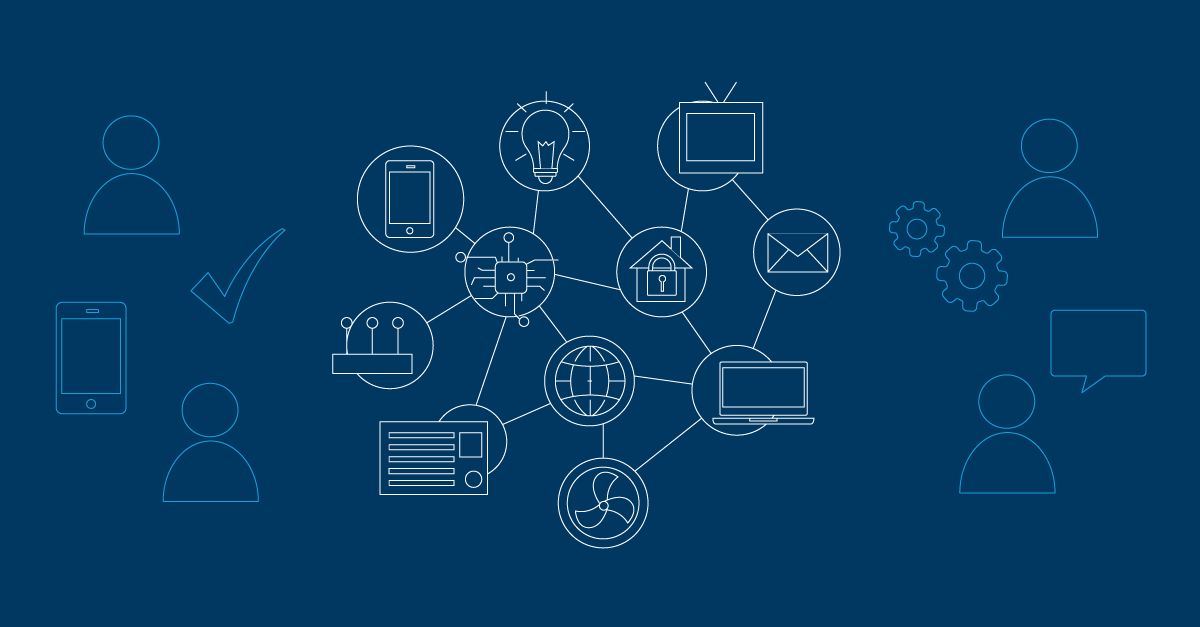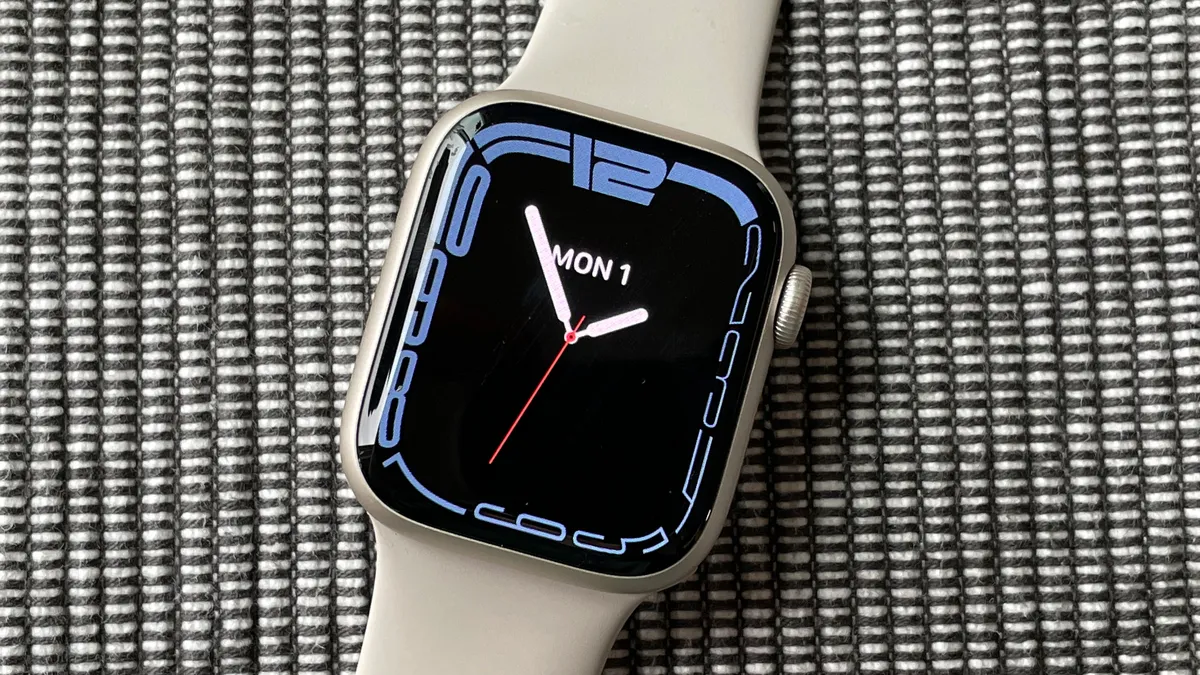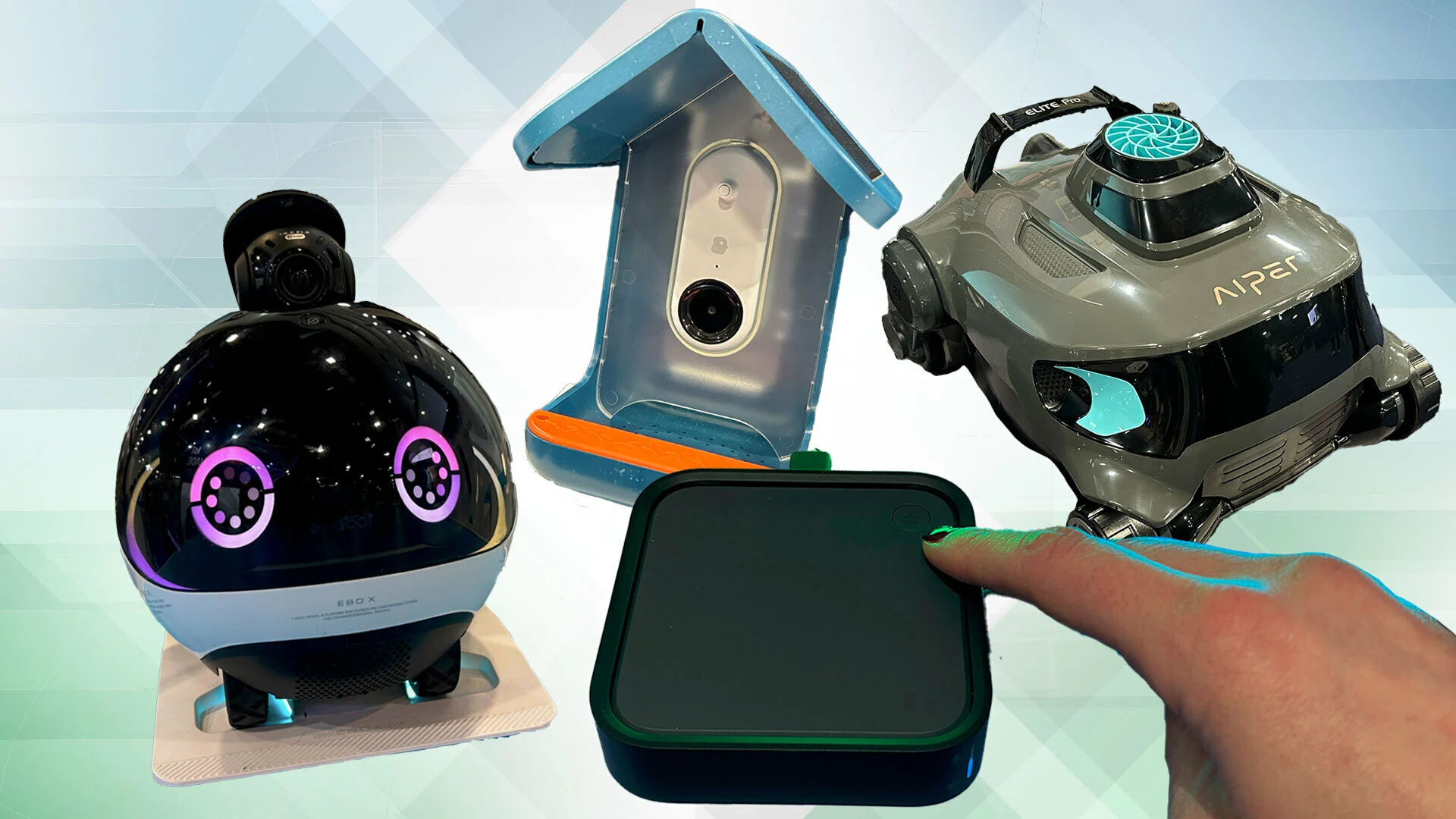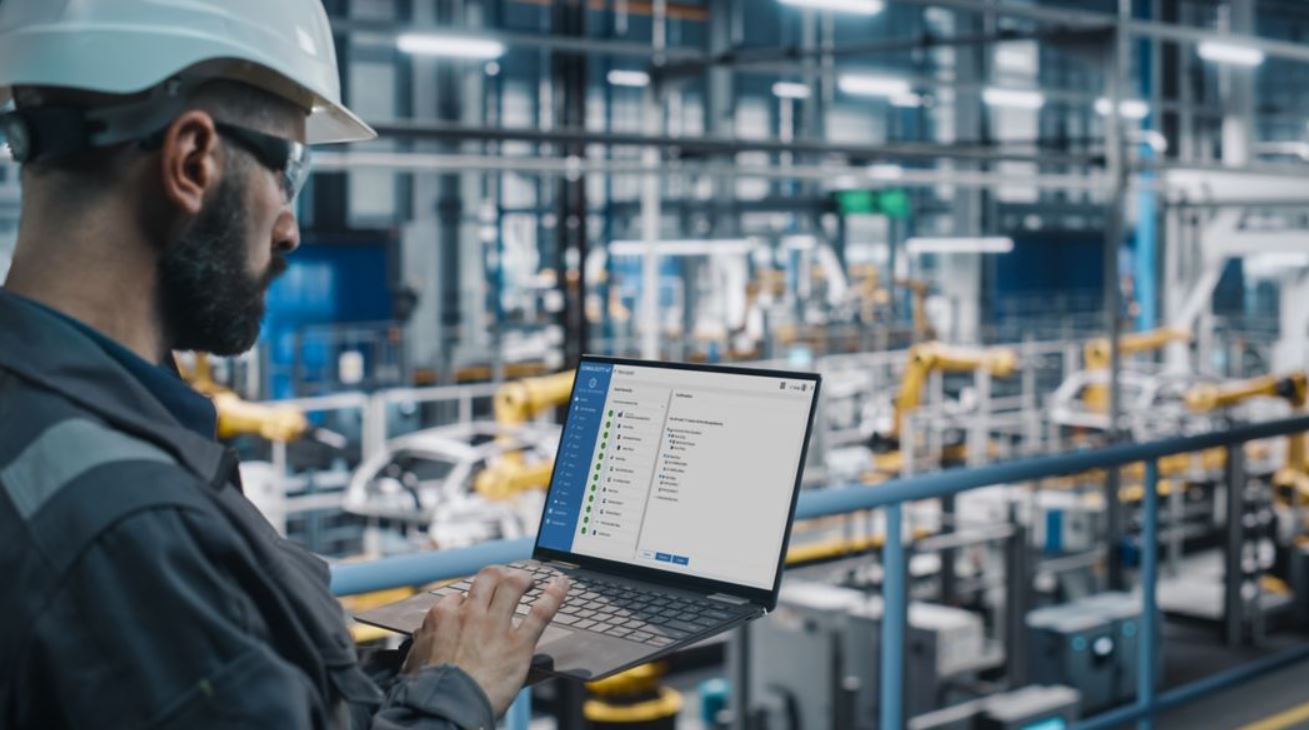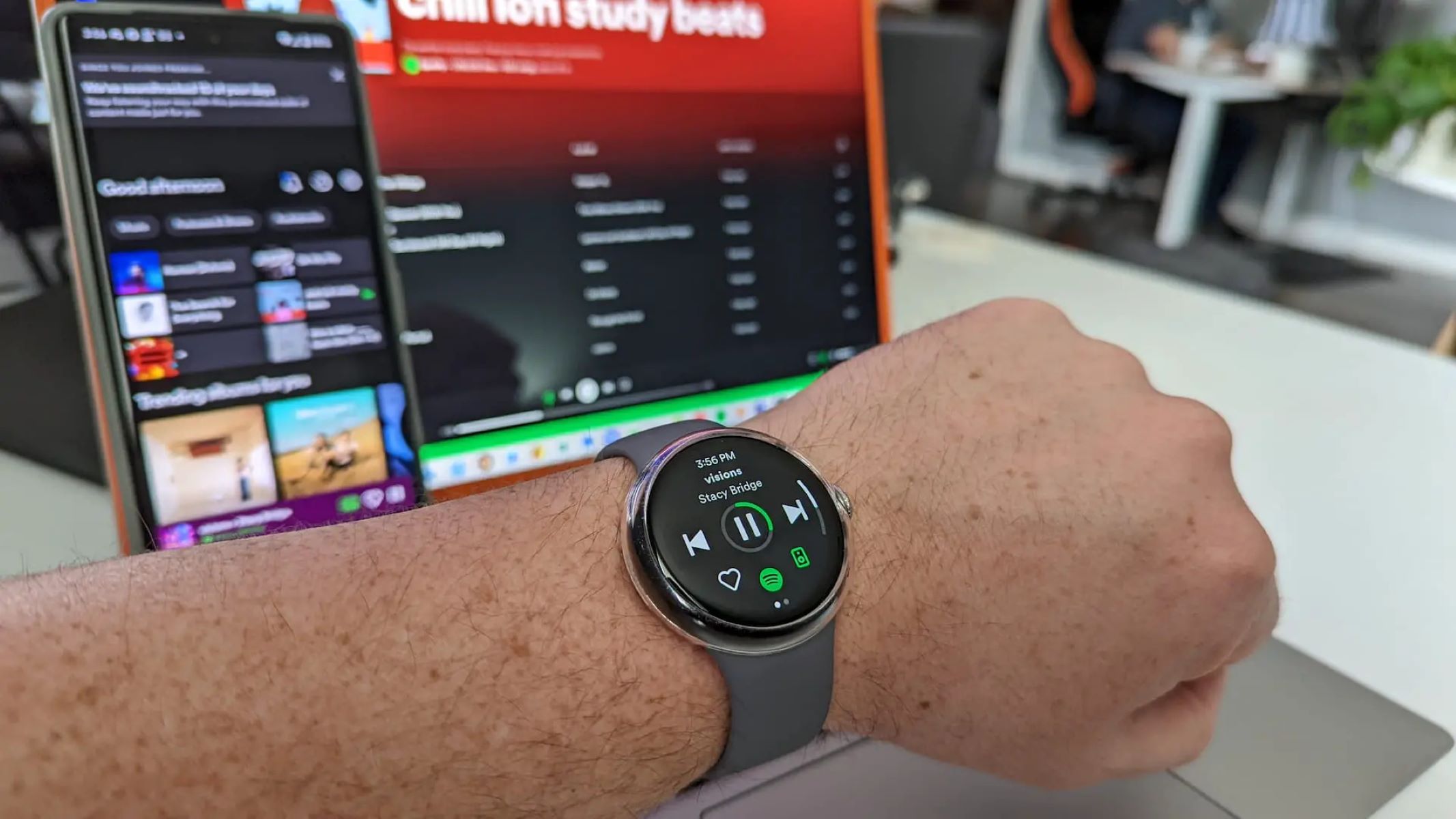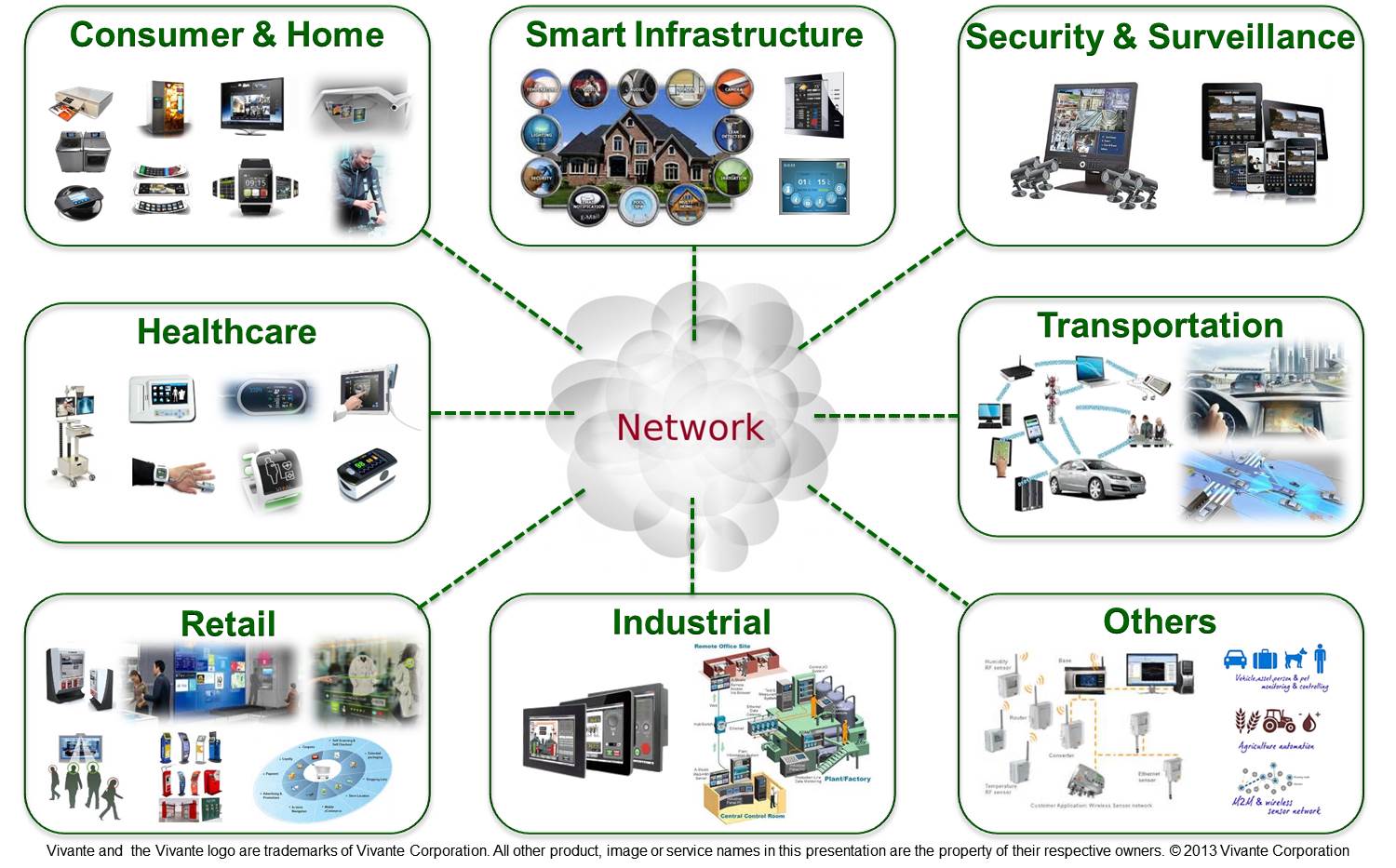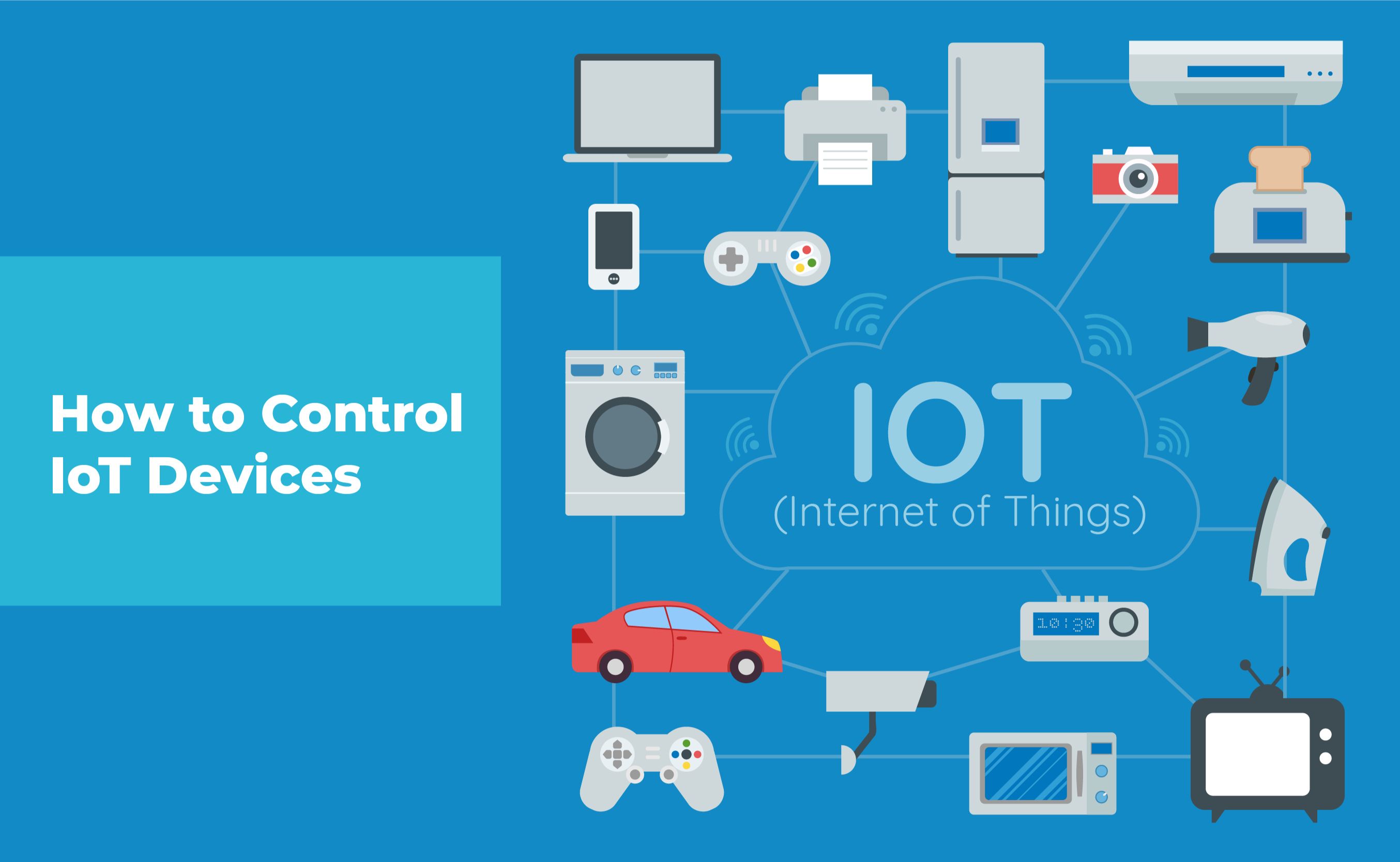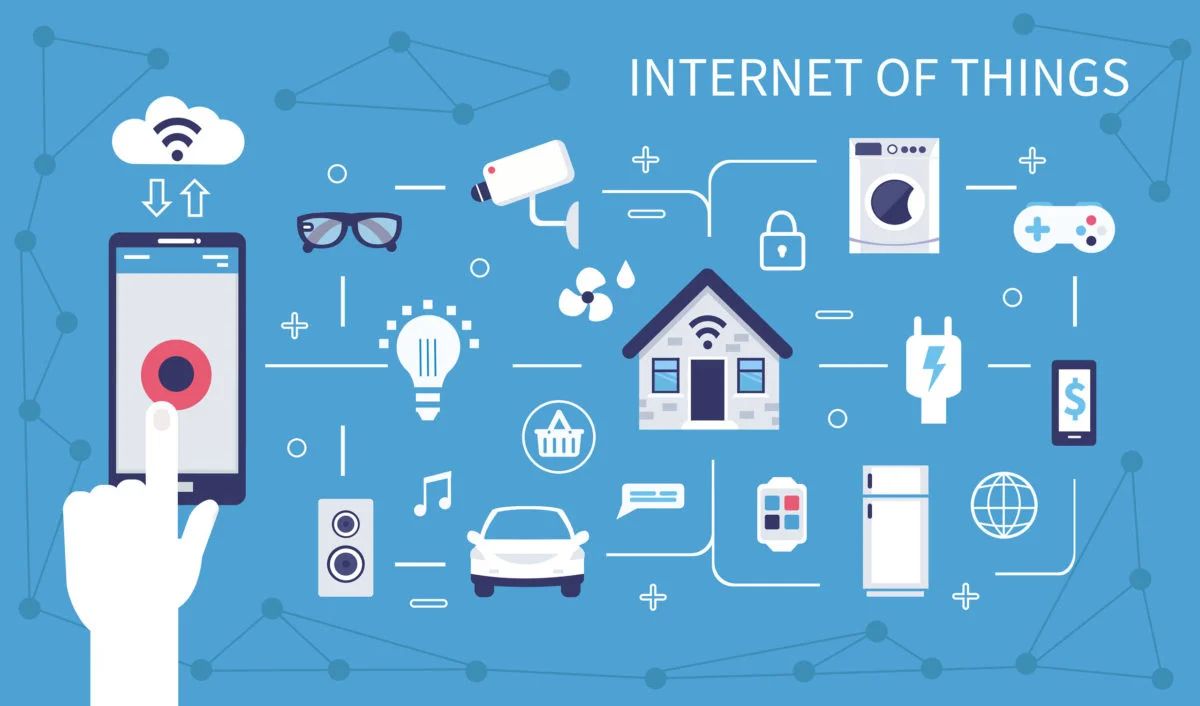Introduction
Welcome to the fascinating world of the Internet of Things (IoT), where everyday objects are connected to the internet, exchanging information and empowering us with unprecedented control and convenience. Along with this connectivity, the ability to receive timely and relevant notifications is becoming increasingly crucial. IoT notifications play a vital role in keeping users informed, enabling real-time decision-making, and enhancing the overall IoT experience.
With the rapid growth of IoT devices and platforms, the need for effective and efficient communication has become paramount. IoT notifications serve as a means to alert users, provide status updates, deliver important information, and offer personalized insights. These notifications are sent to various devices, such as smartphones, tablets, smartwatches, and even smart home systems, ensuring that users can stay connected and informed wherever they are.
The world of IoT notifications is diverse, with a wide range of use cases and applications. From security alerts and weather updates to fitness tracking and home automation, notifications can be tailored to meet specific needs and preferences. Whether it’s receiving an important message, being alerted about a system failure, or getting notified about an upcoming event, IoT notifications have the power to enhance our daily lives.
However, implementing effective IoT notifications comes with its own set of challenges. The sheer volume of IoT devices and the need for seamless integration require careful planning and coordination. Ensuring that notifications are delivered in a timely manner, while not overwhelming the user with too much information, is a delicate balance that needs to be struck.
In this article, we will explore what IoT notification is all about. We will delve into the different types of IoT notifications, discuss the advantages they offer, and highlight some of the challenges in implementing them. Moreover, we will provide real-world examples to demonstrate how IoT notifications are being utilized in various domains.
What is IoT Notification?
IoT notification refers to the process of sending timely and relevant information to users through connected devices in the Internet of Things (IoT) ecosystem. It is a crucial aspect of the IoT experience as it enables users to stay informed, make informed decisions, and take necessary actions based on the received notifications.
IoT notifications can take various forms, including text messages, push notifications, emails, alarms, and voice alerts. These notifications can be triggered by specific events or conditions detected by IoT devices, such as sensors, actuators, and smart devices, or they can be initiated by users themselves through IoT applications and platforms.
The purpose of IoT notifications can vary depending on the context and application. They can serve as status updates, security alerts, reminders, real-time updates, or personalized recommendations. For example, in a smart home system, IoT notifications can inform users about the status of their appliances, notify them about any security breaches, or remind them to turn on/off lights or adjust thermostats.
One of the key features of IoT notifications is their ability to provide real-time information. This means that users can receive immediate updates and alerts based on events or conditions detected by IoT devices. For instance, in a smart health monitoring system, IoT notifications can be used to alert users about abnormal health readings, remind them to take medications, or inform them about potential health risks.
The delivery of IoT notifications can be customized based on users’ preferences and needs. Users can choose the types of notifications they want to receive, the devices they want to receive them on, and the frequency at which they want to be notified. This provides a personalized and tailored notification experience, ensuring that users only receive the information that is relevant and important to them.
In summary, IoT notifications play a crucial role in keeping users informed, enabling real-time decision-making, and enhancing the overall IoT experience. They provide timely and relevant information through connected devices, allowing users to stay connected and make informed decisions based on the received notifications.
Types of IoT Notifications
IoT notifications come in various forms and serve different purposes to cater to the specific needs of users and applications. Let’s explore some of the common types of IoT notifications:
- Status Updates: These notifications inform users about the current status or condition of their IoT devices or systems. For example, in a smart home ecosystem, users may receive notifications about the status of their security system, temperature settings, or energy usage.
- Alerts and Alarms: These notifications are triggered when certain events or conditions require immediate attention or action. Examples include security breaches, fire or smoke detection, water leakage, or unauthorized access to a device or system.
- Reminders and Schedules: These notifications help users remember and stay organized. For instance, users can receive notifications about upcoming appointments, medication reminders, or even reminders to water their plants or feed their pets.
- Real-Time Updates: These notifications provide users with real-time information or updates about specific events or activities. For example, in a transportation system, users may receive notifications about the arrival or delay of their train or bus.
- Personalized Recommendations: These notifications are tailored to the individual preferences or behavior of users. They provide recommendations or suggestions based on user interactions or historical data. For instance, in a smart fitness application, users may receive personalized notifications about their progress, suggested workout routines, or healthy eating tips.
- Emergency Notifications: These notifications are critical in emergency situations to ensure the safety and well-being of users. They can include severe weather alerts, natural disasters, public safety announcements, or evacuation notices.
These are just a few examples of the types of IoT notifications that exist. The specific types and functionalities of IoT notifications can vary depending on the application, industry, and user requirements.
By providing different types of notifications, IoT systems offer users greater control, convenience, and peace of mind. Users can stay informed, respond quickly to critical events, and make informed decisions based on the received notifications.
Advantages of IoT Notifications
The implementation of IoT notifications brings several advantages to users and organizations. Let’s take a closer look at some of the key benefits:
- Real-Time Information: IoT notifications provide users with immediate and real-time information about events, conditions, and updates. This enables users to stay connected and make timely decisions or take necessary actions.
- Enhanced Efficiency and Convenience: By receiving relevant and actionable information through IoT notifications, users can streamline their tasks and activities. For example, receiving a notification when the laundry cycle is complete can help users manage their time more effectively.
- Improved Safety and Security: IoT notifications play a crucial role in enhancing safety and security. Users can be alerted about potential security breaches, fire hazards, or unauthorized access to their IoT devices or systems.
- Personalized User Experience: IoT notifications can be tailored to individual preferences, allowing users to receive information that is relevant and important to them. This personalization enhances the overall user experience and ensures that users only receive the notifications they care about.
- Increased Control and Automation: IoT notifications allow users to have greater control over their devices and systems. For example, receiving a notification about low battery levels in a smart lock can prompt users to replace the batteries, ensuring continuous functionality.
- Proactive Maintenance and Monitoring: With IoT notifications, users can stay informed about the health and performance of their devices. Notifications can alert users about any maintenance requirements, software updates, or potential issues before they escalate.
The advantages of IoT notifications extend beyond individual users and can also benefit organizations in various ways. IoT notifications enable organizations to improve operational efficiency, optimize resource utilization, and enhance customer satisfaction by providing timely updates and notifications.
Overall, IoT notifications offer a range of advantages by keeping users informed, empowering them with real-time information, and enabling them to make better decisions and take necessary actions promptly. These advantages contribute to a more efficient, convenient, and safe IoT ecosystem.
Challenges in Implementing IoT Notifications
While IoT notifications bring numerous benefits, there are several challenges that need to be overcome for their successful implementation. Let’s explore some of the key challenges:
- Integration Complexity: Integrating IoT devices, platforms, and applications to deliver seamless notifications can be complex. Ensuring interoperability among different devices and systems, and maintaining compatibility across various communication protocols, can be a significant challenge.
- Data Privacy and Security: Transmitting sensitive data through IoT notifications raises concerns about privacy and security. Secure transmission and storage mechanisms must be in place to protect user data and prevent unauthorized access or breaches.
- Notification Overload: With the increasing number of IoT devices and applications, the risk of notification overload becomes a challenge. Users may receive an excessive amount of notifications, leading to information fatigue and reduced attentiveness to critical alerts.
- User Notification Preferences: Balancing the customization options for users with ensuring that important notifications are not missed can be a challenge. Users may have diverse preferences for the types of notifications they want to receive, the frequency of notifications, and the methods of delivery.
- Contextual Relevance: Delivering notifications that are contextually relevant and timely requires careful analysis and understanding of user behavior and environmental conditions. Ensuring that notifications are delivered at the right time and in the right context is crucial for their effectiveness.
- Power Consumption: IoT devices often operate on limited battery power. Implementing efficient notification systems that minimize power consumption and optimize battery life is essential to ensure uninterrupted operation.
Overcoming these challenges requires a comprehensive approach that involves careful planning, system design, and user feedback. Employing robust security measures, incorporating intelligent notification filtering algorithms, and providing a user-friendly interface for managing notifications are some of the strategies to address these challenges.
It is important for organizations and developers to prioritize user needs, gather feedback, and continuously iterate on their notification systems to provide the best possible user experience while addressing the challenges inherent in IoT notification implementation.
Examples of IoT Notifications
IoT notifications are utilized in various domains and applications to provide timely and relevant information to users. Let’s explore some examples of how IoT notifications are being implemented:
- Smart Home Automation: In a smart home ecosystem, users can receive notifications about the status of their appliances, such as when the dishwasher cycle is complete, the refrigerator needs restocking, or the lights have been left on.
- Health and Fitness Monitoring: IoT notifications can be used to send reminders and updates about fitness goals, track health data, and provide personalized recommendations for users. For example, users can receive notifications about their daily step count, heart rate, or reminders to take medication.
- Security Systems: IoT notifications play a crucial role in home security systems. Users can receive notifications when a door or window is left open, when a motion sensor is triggered, or when there is an attempted breach in the security system.
- Environmental Monitoring: IoT notifications are used in environmental monitoring systems to provide real-time updates about air quality, temperature, humidity levels, and weather conditions. Users can receive alerts or recommendations based on these notifications.
- Transportation and Logistics: IoT notifications are employed in transportation and logistics to keep users informed about the status of their packages, delivery updates, and estimated arrival times. Users can receive notifications when their package is out for delivery or if there are any delays in the shipment.
- Smart Agriculture: IoT notifications are utilized in agriculture to provide updates on soil moisture levels, weather conditions, and crop health. Farmers can receive notifications when it’s time to water their crops or when there are signs of pests or diseases.
These examples showcase the versatility and utility of IoT notifications in various domains. By leveraging IoT technology and notifications, users can stay connected, make informed decisions, and enhance their overall experience in different aspects of their lives.
Conclusion
IoT notifications play a crucial role in the world of connected devices, providing users with timely and relevant information, enhancing their decision-making, and improving their overall IoT experience. Through various types of notifications, users can receive status updates, alerts, reminders, real-time updates, personalized recommendations, and emergency notifications.
Implementing IoT notifications comes with its own set of challenges, such as integration complexity, data privacy and security concerns, notification overload, and ensuring contextual relevance. However, by addressing these challenges and prioritizing user needs, organizations can create effective and efficient notification systems.
The advantages of IoT notifications are significant. They provide real-time information, enhance efficiency and convenience, improve safety and security, deliver personalized user experiences, increase control and automation, and enable proactive maintenance and monitoring.
Real-world examples demonstrate how IoT notifications are being utilized in various domains, such as smart home automation, health and fitness monitoring, security systems, environmental monitoring, transportation and logistics, and smart agriculture.
As the IoT ecosystem continues to expand and evolve, the role of IoT notifications will become even more critical. Striking the right balance between providing valuable notifications and avoiding information overload will be essential. The ability to deliver timely, personalized, and contextually relevant notifications will ensure that users can fully harness the potential of IoT technology.
In conclusion, IoT notifications are instrumental in keeping users connected, informed, and empowered in the world of Internet of Things. By leveraging the power of IoT notifications, we can create smarter, more efficient, and safer environments for users.







